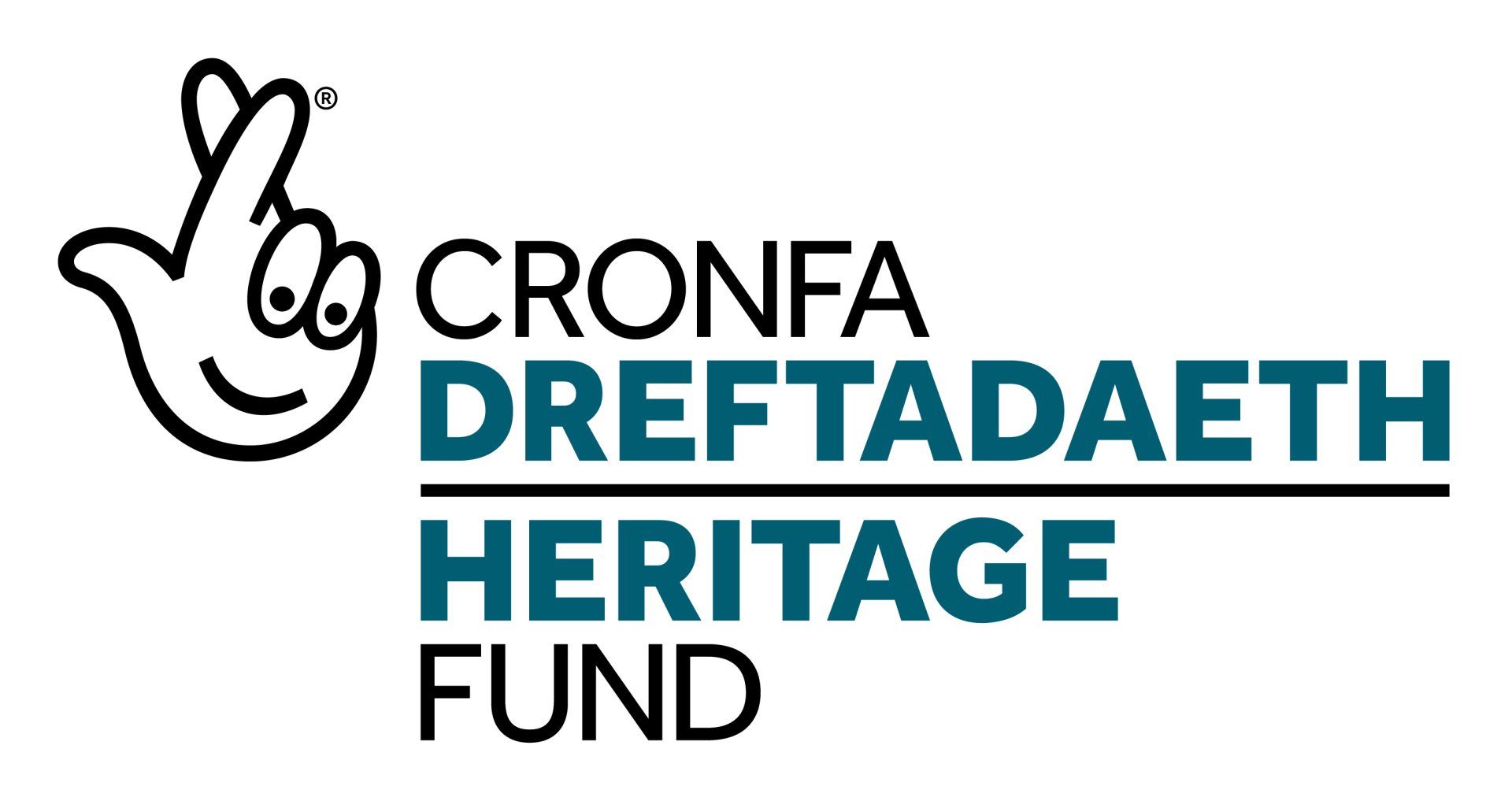Why Catholicism was so strong in Monmouthshire
by Rita Tait
The Lords of Raglan
It is impossible to consider the strength of the Catholic faith in Monmouthshire after the Reformation without acknowledging the position of the Catholic family associated with Raglan Castle.
The Lord at Raglan Castle was the Earl of Pembroke, William Herbert. He was the first Welshman to be elevated to the English peerage and with this accolade came power and wealth.
In 1492 Elizabeth, one of his daughters (he had no son) inherited the property. She married Sir Charles Somerset and the Somersets acquired Raglan Castle. The family became Marquises of Worcester, and later Dukes of Beaufort through marriage.
They had administrative and legal authority which was valuable to the far-off government in London. They were trusted and this was not a boat to be rocked without good cause. The wealth of the extended family is said to have paid many off the fines of those less well-off in the area, who refused to attend Anglican services. These were the recusants.
The first Sir William ap Thomas, known as the Blue Knight of Gwent, had his family seat at Wern Ddu in the parish of Llantilio Pertholey. Sir William Herbert’s mother was Gwladys, daughter of Sir Dafydd Gam (who died at Agincourt fighting for Henry V), so many influential families in the county could claim kinship through blood or marriage.
The social position of the family meant that they could send their sons away for education. Many would have gone to Oxford to study subjects such as law and theology and some who were so inclined would have been sent to the English College in Rome or to seminaries in France to be trained as priests. Priests returning from abroad were welcomed and supported and it is also said that the Catholic faith was kept alive particularly through the women of the families, who had much influence in the early years of their children’s upbringing.
The Lord at Raglan Castle was the Earl of Pembroke, William Herbert. He was the first Welshman to be elevated to the English peerage and with this accolade came power and wealth.
In 1492 Elizabeth, one of his daughters (he had no son) inherited the property. She married Sir Charles Somerset and the Somersets acquired Raglan Castle. The family became Marquises of Worcester, and later Dukes of Beaufort through marriage.
They had administrative and legal authority which was valuable to the far-off government in London. They were trusted and this was not a boat to be rocked without good cause. The wealth of the extended family is said to have paid many off the fines of those less well-off in the area, who refused to attend Anglican services. These were the recusants.
The first Sir William ap Thomas, known as the Blue Knight of Gwent, had his family seat at Wern Ddu in the parish of Llantilio Pertholey. Sir William Herbert’s mother was Gwladys, daughter of Sir Dafydd Gam (who died at Agincourt fighting for Henry V), so many influential families in the county could claim kinship through blood or marriage.
The social position of the family meant that they could send their sons away for education. Many would have gone to Oxford to study subjects such as law and theology and some who were so inclined would have been sent to the English College in Rome or to seminaries in France to be trained as priests. Priests returning from abroad were welcomed and supported and it is also said that the Catholic faith was kept alive particularly through the women of the families, who had much influence in the early years of their children’s upbringing.
The Cwm, Llanrothal
The decision of the Jesuits to build their college dedicated to their founder, St Francis Xavier, at The Cwm, Llanrothal across the border in Herefordshire was significant in itself. Before the establishment of The Cwm, the Jesuits had met a few miles away in Raglan. Even today, The Cwm, seems a million miles from civilisation and in the 17th century it must have been very difficult to access.
The land was given by the Marquis of Worcester and was on the extreme ‘outer edge’ of all the nearest dioceses and probably of little interest to the relevant bishops hunkered down in their headquarters. For many years it was classed as the ‘Welsh District’ by the Jesuits, probably from 1600 to 1679. Then, following the Popish Plot which raised emotions and fear of Catholics, it was raided by Bishop Croft of Hereford. Warned beforehand, the priests fled.
The land was given by the Marquis of Worcester and was on the extreme ‘outer edge’ of all the nearest dioceses and probably of little interest to the relevant bishops hunkered down in their headquarters. For many years it was classed as the ‘Welsh District’ by the Jesuits, probably from 1600 to 1679. Then, following the Popish Plot which raised emotions and fear of Catholics, it was raided by Bishop Croft of Hereford. Warned beforehand, the priests fled.
The Powells of Perthir
One branch of the family was that of the Powells of Perthir (Perthyr), a house associated with Bishop Matthew Prichard, Vicar Apostolic of the ‘Western District’, a Franciscan, who lived and then died there in 1750, being buried in Rockfield church.
The 18th century antiquarian, William Coxe, in his An Historical Tour of Monmouthshire writes about the Powells of Perthir, whose chapel there was dedicated to St Catherine. When the house was demolished, items from it were said to be deposited at various locations including the Catholic church in Monmouth and at Clytha. There must be many such artefacts, uncatalogued as yet, in the county.
The 18th century antiquarian, William Coxe, in his An Historical Tour of Monmouthshire writes about the Powells of Perthir, whose chapel there was dedicated to St Catherine. When the house was demolished, items from it were said to be deposited at various locations including the Catholic church in Monmouth and at Clytha. There must be many such artefacts, uncatalogued as yet, in the county.







